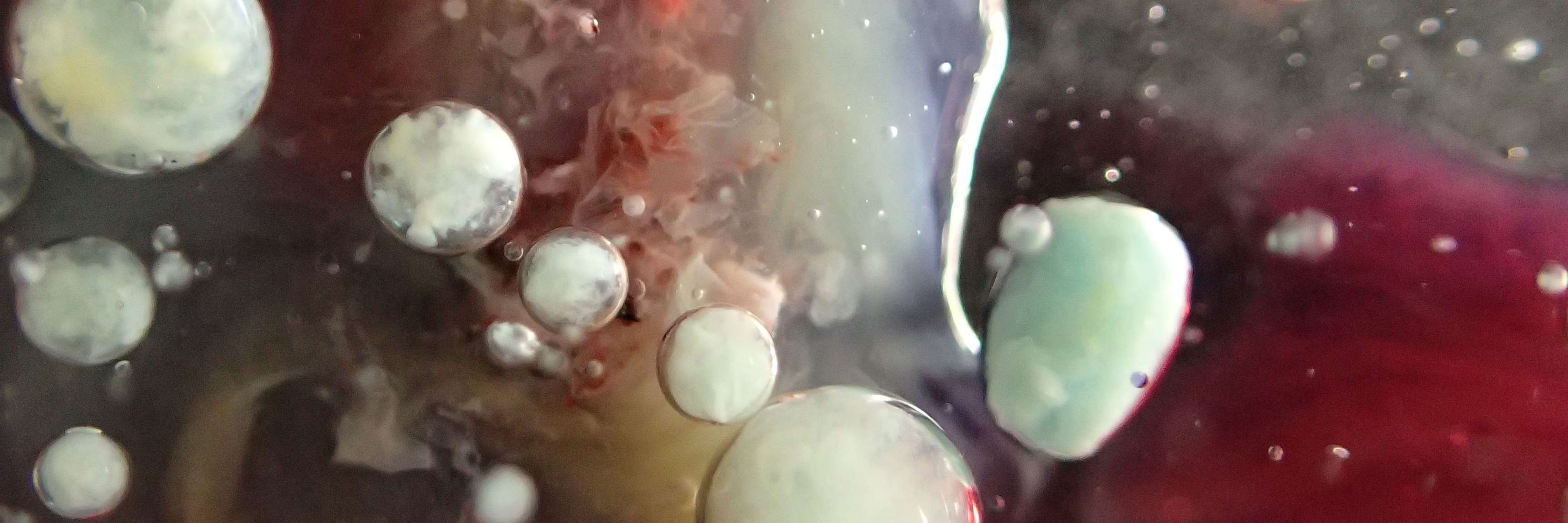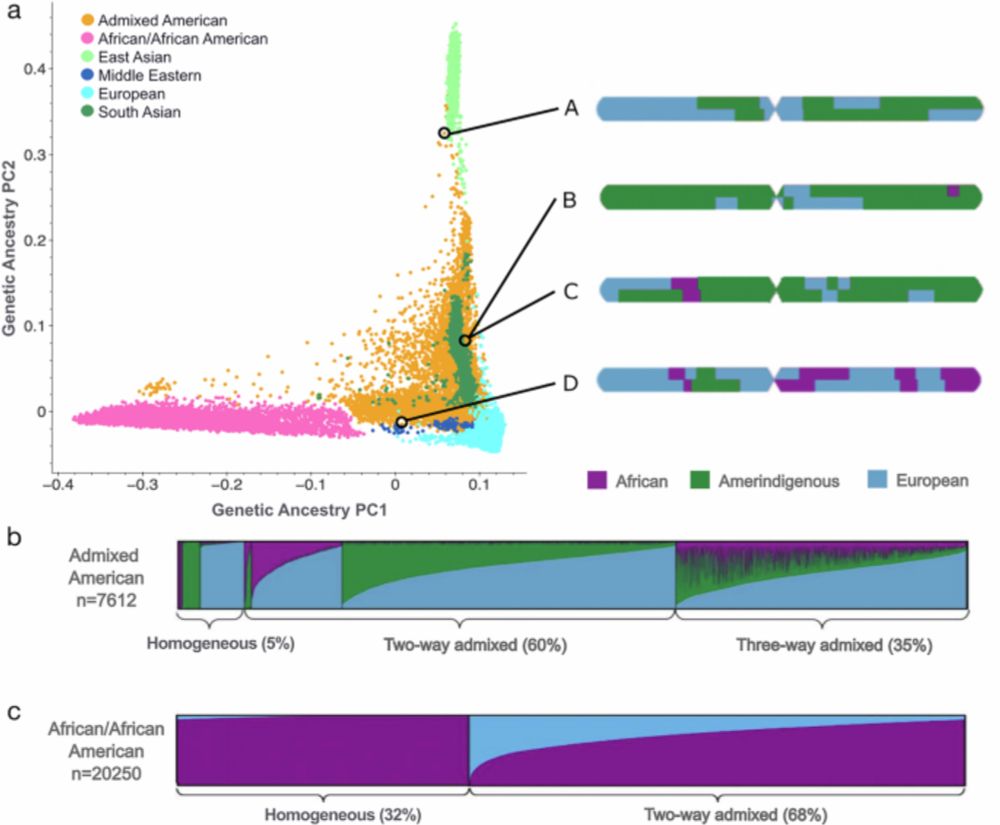Steven Boeynaems
@boeynaemssteven.bsky.social
510 followers
250 following
33 posts
Assistant Professor at Baylor College of Medicine and Texas Children's Hospital. Houston, TX
Science: disorder, condensates, repeats, cell stress, neurodegeneration, drug discovery, synbio Non-science: art, fashion, cooking
www.boeynaemslab.org
Posts
Media
Videos
Starter Packs
Reposted by Steven Boeynaems
Reposted by Steven Boeynaems
Dan Bose
@danbose.bsky.social
· Jun 6

CBP-IDRs regulate acetylation and gene expression.
Intrinsically disordered regions (IDRs) have emerged as crucial regulators of protein function, allowing proteins to sense and respond to their environment. Creb binding protein (CBP) and EP300 (p300)...
tinyurl.com
Reposted by Steven Boeynaems
Reposted by Steven Boeynaems
Reposted by Steven Boeynaems
Reposted by Steven Boeynaems
Reposted by Steven Boeynaems
Reposted by Steven Boeynaems
Reposted by Steven Boeynaems
Reposted by Steven Boeynaems
Kurianlab
@kurianlab.bsky.social
· Sep 8

QKI ensures splicing fidelity during cardiogenesis by engaging the U6 tri-snRNP to activate splicing at weak 5ʹ splice sites
During organogenesis, precise pre-mRNA splicing is essential to assemble tissue architecture. Many developmentally essential exons bear weak 5'splice sites (5'SS) yet are spliced with high precision, ...
www.biorxiv.org
Reposted by Steven Boeynaems
John Doench
@johndoench.bsky.social
· Sep 7

Balancing off-target and on-target considerations for optimized Cas9 CRISPR knockout library design
The continued development of high-dimensional CRISPR screen readouts, such as single-cell RNA sequencing and high-content imaging, necessitates compact libraries to enable functional interrogation at ...
www.biorxiv.org
Reposted by Steven Boeynaems
Kara Marshall
@karalmarshall.bsky.social
· Aug 26
Reposted by Steven Boeynaems
Lucia Strader
@luciastrader.bsky.social
· Aug 25

Plant biologist Lucia Strader joins Salk faculty to study plant growth signaling - Salk Institute for Biological Studies
LA JOLLA—The Salk Institute will welcome plant biologist Lucia Strader as a new professor and holder of the Howard H. and Maryam R. Newman Chair in Plant Biology in October 2025. Strader is an interna...
www.salk.edu
Reposted by Steven Boeynaems




















